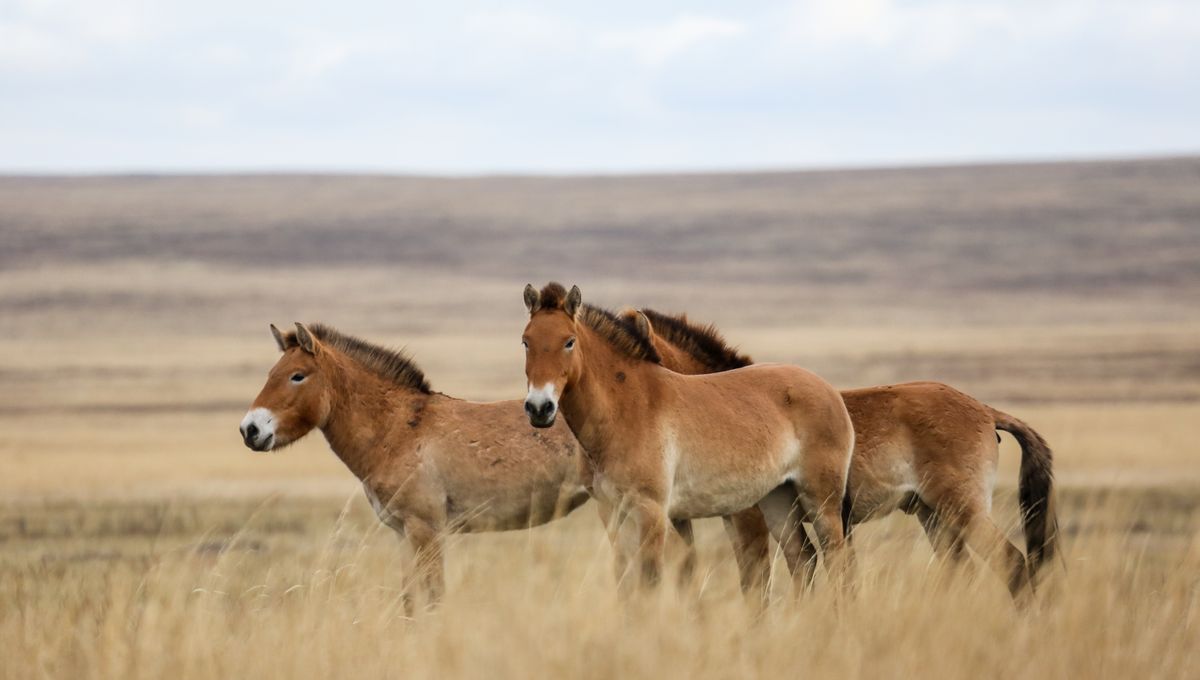
After going extinct in the wild in the 1960s, Przewalski’s horses are now beginning to make a comeback to their native home of the plains of Central Asia. In order to help with conservation efforts, researchers from the University of Minnesota have successfully mapped the entirety of the species’ genome.
Genomics, the study of the entirety of an organism’s DNA, has an important role to play in conservation. It can give scientists insight into how diverse the population is – which can help to avoid inbreeding – as well as the genetic basis underlying its traits, especially those that might affect health.
However, in order to use genomics in this way, there must first be something to compare to – a reference genome. One already existed for Przewalski’s horses, but the team wanted to improve upon it.
“Studying genes without a good reference is like doing a 3 billion-piece puzzle without the picture on the box,” said Nicole Flack, who co-led the study describing the generation of the genomic map, in a statement. “Przewalski’s horse researchers studying mutations in an important gene need a good reference picture to compare their puzzle with.”
To do this, the researchers first took a blood sample from Varuschka, a 10-year-old Przewalski’s mare housed at the Minnesota Zoo and descended from wild members of the species that once lived in Mongolia.
The next step was to sequence and then assemble the reference genome. This was done using a device that’s only roughly the size of a soda can – genomics has come a long way in the last few years from big machines taking up space in the lab. These kinds of devices are pretty portable, meaning they could be used in the field to study the genomes of Przewalski’s horse populations living in remote regions.
The resulting reference genome was found to have something called a BUSCO score of nearly 99 percent – that’s a measure of the completeness of a genome, suggesting this one would make a pretty solid reference for conservationists to use.
Przewalski’s horses very nearly went completely extinct in the 20th century due to changes in the climate, loss of habitat, competition for resources, and hunting. Nonetheless, the species survived through 12 wild-caught horses; thanks to conservation efforts the population is now at around 2,000, and some have even recently been reintroduced to the Golden Steppe in Kazakhstan.
However, Przewalski’s horses are still considered endangered. As the last true wild horses left in the world, those conservation efforts, including the creation of a reference genome, become all the more significant. “Availability of a highly contiguous reference genome is essential to support these continued efforts. […] This improved Przewalski’s horse assembly will serve as a valuable resource,” the study authors write.
The study is published in G3.
Source Link: The World’s Last Living Wild Horse Species Has Its Genome Successfully Mapped